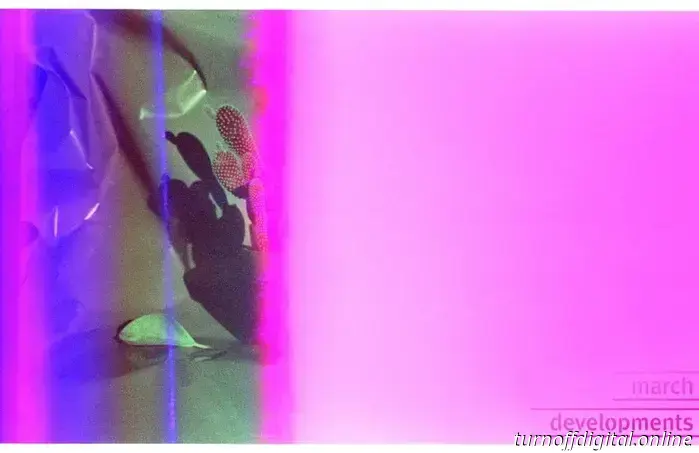
Redscaling is the process of shooting color-negative film upside-down. When executed properly, the outcome yields rich red tones, with only the highlights transforming into greens and blues. However, this is not the case when applied to Aerochrome — one of the most rare and costly films available. In this newsletter, I will present my initial findings from an ongoing experiment and discuss another project that has been taking up most of my time this March: film Q.
In this newsletter: film Q. “Greenscaling” Aerochrome. Support this blog and enjoy premium features with GOLD memberships!
Film Q is a web application that batch-inverts film scans (including large TIFFs and camera RAW files) without requiring any software installation. It is compatible with all internet-connected devices and employs a straightforward, well-documented method for inverting film negatives. Film Q is available for free to Analog.Cafe GOLD members. You can try it out today!
Almost every image I have published on this site over the past four years has been inverted using a version of this app. However, as you might expect, a tool built to cater to thousands of photographers and their diverse needs is quite different from a small script designed for personal use. This is why I have dedicated considerable time over the past two months to ensuring its functionality for everyone.
I cannot emphasize enough how complex and challenging this project has been, but I don’t want to bore you with technical specifics. So, in summary, I ask for your patience as I troubleshoot bugs, and I welcome your feedback!
To use this app, you'll need to connect your Dropbox account (the free plan is sufficient). Please note that film Q currently accommodates scans saved as JPEGs, TIFFs, PNGs, RAFs, NEFs, and ARWs. If you utilize a camera that produces a different type of RAW file, please let me know, and I will attempt to incorporate it. If you are scanning your film with a digital camera, I recommend uploading your RAW files for optimal results. Click here for the film Q User Guide. Feel free to email me if you have any questions!
“Greenscaling” Aerochrome. Last month, I promised to provide my findings on redscaling Aerochrome. Unfortunately, I became quite busy developing film Q, so the experiment remains unfinished. However, I do have a sample of what the film will look like and some additional information regarding progress. A complete article will be coming soon.
Aerochrome is a very pricey film, and mistakes with this emulsion can be costly. I tried to be as frugal with my supply as possible, but as is often the case with experiments, a few frames were ruined. Of what I had left, I thought two samples were worth sharing in this newsletter: the first image, at the top of the article, features a cactus against a blue backdrop, and the second one captures a large tree in my neighborhood (below). I have about a dozen frames of redscaled Aerochrome remaining, which I hope to expose, develop, and share with you in early April.
Kodak Aerochrome layer sensitivity and color dyes diagram. I apologize for the delay for those who anticipated seeing all the images from the experiment earlier. The good news is that my assumptions about redscaling Aerochrome were mostly accurate: reds become white, infrared sensitivity remains (though likely somewhat reduced), and an orange filter appears to be the most effective tool for this process.
However, there is one aspect I did not anticipate: the direction of the color shift. When considering redscaling, we see a predominantly red and almost one-dimensional appearance in color-negative film. Conversely, it seems that the effect is reversed for Aerochrome, resulting in images that turn green!
In this newsletter, I will present my preliminary findings from the ongoing experiment with redscaling Aerochrome and discuss another project that has been taking up the majority of my time this March: film Q.